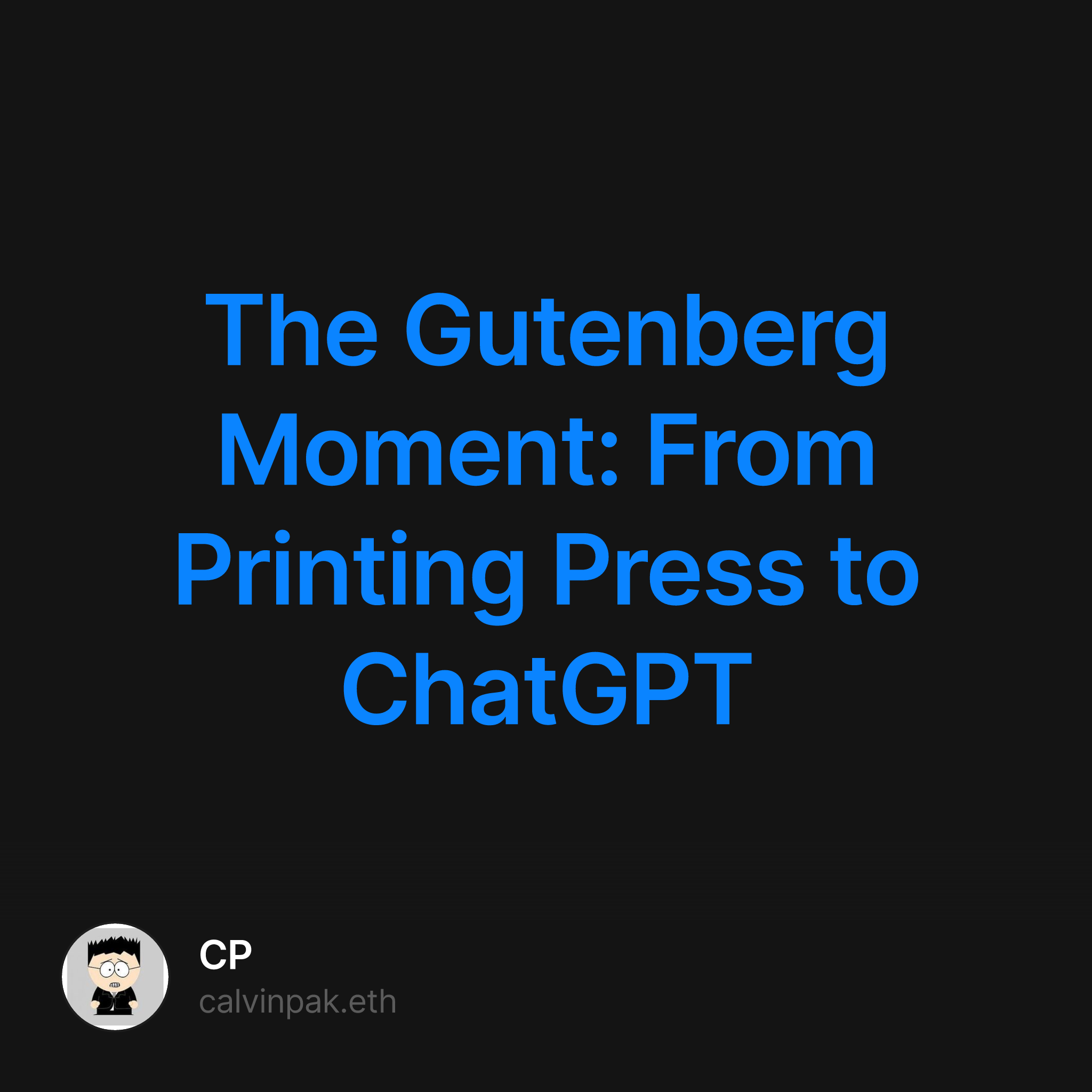Imagine a world without books or printed materials. How would we access knowledge and share ideas? Thankfully, the printing press, invented by Johannes Gutenberg in the 15th century, made it possible for information to be disseminated widely, leading to a surge in knowledge and the development of new ideas. Today, we are living in another Gutenberg moment, as the internet and AI are changing the way we learn and communicate.
Web Evolution
The evolution of the internet has brought us from Web 1.0, where users were passive consumers of content, to Web 2.0, where users became active creators and sharers of content. Now, we are moving towards Web 3.0, a decentralized web that leverages blockchain technology to enable more secure and private transactions and data sharing. Web 3.0 promises to provide a more democratic, open, and trustworthy internet, but it also poses new risks.
One of the main risks of Web 3.0 is the potential for new types of cybercrime. Decentralization can create a more complex security environment, and smart contracts may be vulnerable to exploitation. Additionally, Web 3.0 will require new forms of identity verification, and there may be challenges in ensuring interoperability between different blockchains and protocols.
AI Evolution
Artificial intelligence (AI) has come a long way since its inception. AI 1.0 focused on rule-based systems and expert systems that were designed to perform specific tasks. AI 2.0 saw the rise of machine learning, where computers were trained to identify patterns in data and make predictions. AI 3.0 brought us deep learning, where neural networks were used to analyze large amounts of data and make more accurate predictions. Now, we have AI 4.0, which is focused on creating machines that can think and learn like humans.
While AI 4.0 has the potential to revolutionize the way we live and work, it also poses new risks. One of the main risks is the potential for AI to be used for malicious purposes, such as deepfakes, social engineering, and cyber attacks. There are also ethical concerns surrounding the use of AI in decision-making, such as biased algorithms and the potential for job displacement. As AI becomes more advanced, it will be important to ensure that it is developed and used in a responsible and ethical manner.
Conclusion
As we continue to innovate and advance, it's important to be aware of the risks and challenges that come with these new technologies. But with careful consideration and responsible use, we can continue to learn and communicate in ways we never thought possible. Who knows what the next Gutenberg moment will bring?
